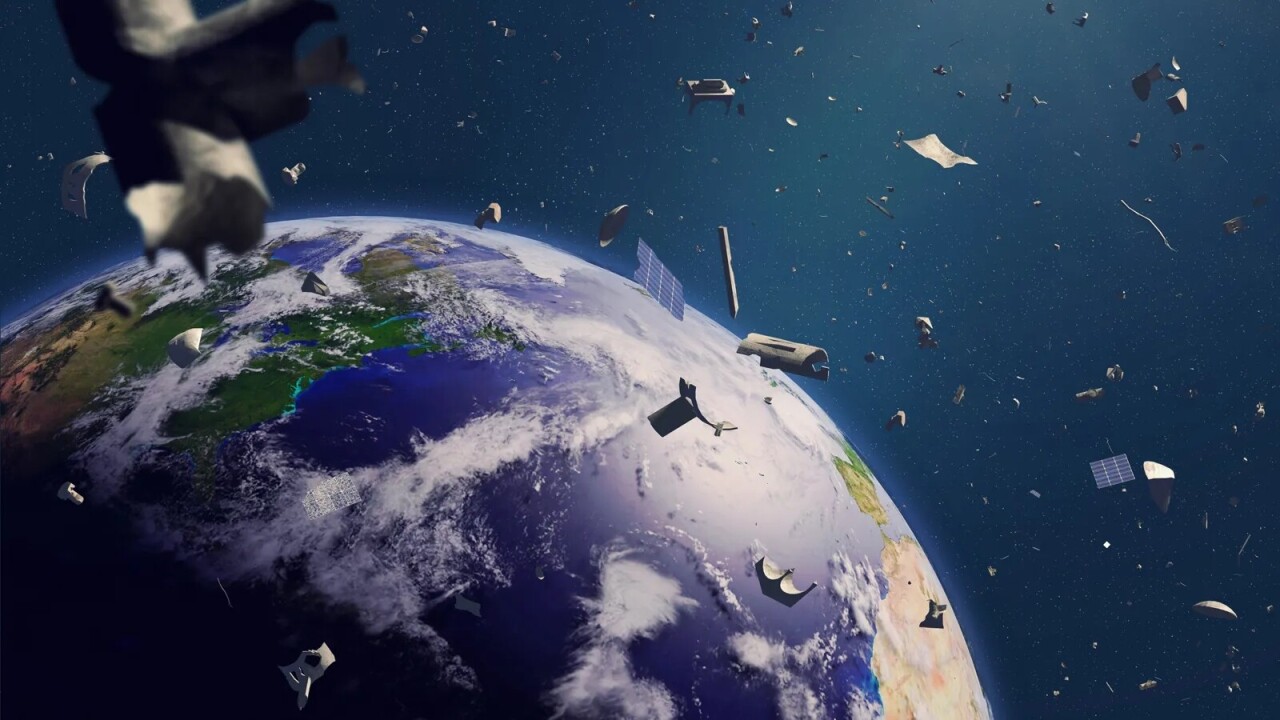
A piece of space junk being monitored by the European Space Agency as part of a mission to remove space junk has been hit by another piece of space junk. The collision highlights the mounting threat of space debris, and the need to deal with it sooner rather than later.
The ESA announced this week that the US’ 18th Space Defense Squadron had detected debris in the vicinity of an object named VESPA, earmarked for removal from orbit. The most likely cause of the debris was the “hypervelocity impact of a small, untracked object” smashing into VESPA, said the ESA.
VESPA is a payload adapter that was left in space following the 2013 launch of a Vega rocket from ESA’s spaceport in Kourou, French Guiana. Since then it has been floating in orbit about 660km above the Earth’s surface. Thankfully, the ESA said that VESPA remains intact, albeit a little lighter than before, and that the new fragments don’t pose much of a risk to any other spacecraft “at the moment.”
The retired payload adapter is the initial target of the world’s first space debris cleanup programme, led by Swiss startup Clearspace and scheduled for 2026. The mission, aptly named Clearspace-1, aims to rendezvous with VESPA, capture it using four robotic tentacles, and then pull it back towards Earth with the pair burning up on reentry.
The technology demonstration is planned as a first step before introducing more complex missions. Importantly, Clearspace-1 brings us closer to solving a growing problem in space.
At present, there are over 34,000 pieces of space debris larger than 10 centimetres. Furthermore, there are about 6,500 operational satellites in orbit, a number expected to exceed 27,000 by the decade’s end. All these objects are increasing the risk of collisions with satellites, space stations, or even people down on Earth.
While the VESPA impact might be unfortunate, the ESA said it highlights the urgency of the problem and the relevance of the Clearspace-1 mission.
“The most significant threat posed by larger objects of space debris is that they fragment into clouds of smaller objects that can each cause significant damage to active satellites,” said the agency. “To minimise the number of fragmentation events, we must urgently reduce the creation of new space debris and begin actively mitigating the impact of existing objects.”
ESA will spend several weeks analysing the collision to figure out how it will impact ClearSpace-1, but the plan is to still move forward with the mission.
Get the TNW newsletter
Get the most important tech news in your inbox each week.




